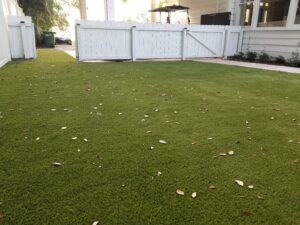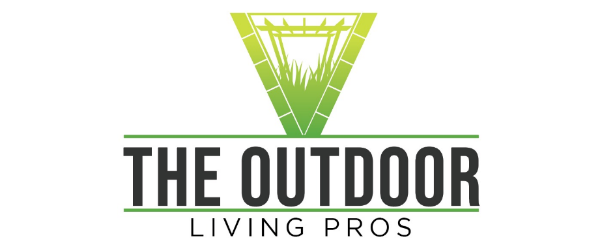Artificial turf installation has become increasingly popular in recent years, offering a low-maintenance alternative to natural grass for various outdoor spaces. However, like any landscaping decision, it comes with its own set of advantages and drawbacks. Let’s explore the pros and cons of artificial turf installation to help you make an informed choice for your property.
Pros of Artificial Turf Installation:
1. Low Maintenance Requirements:
Artificial turf requires minimal upkeep compared to natural grass. Say goodbye to mowing, watering, fertilizing, and pest control. With artificial turf, you’ll save time and money on maintenance tasks, allowing you to enjoy a green, pristine lawn year-round with minimal effort.
2. Water Conservation:
In regions facing water scarcity or drought conditions, artificial turf offers a sustainable solution by eliminating the need for regular watering. By opting for artificial turf, you can significantly reduce your water consumption and contribute to water conservation efforts, making it an eco-friendly choice for landscaping.
3. Enhanced Durability:
Artificial turf is designed to withstand heavy foot traffic, harsh weather conditions, and prolonged exposure to sunlight without fading or deteriorating. Its durable construction ensures long-lasting performance, making it ideal for high-traffic areas such as sports fields, playgrounds, and pet areas.
4. Aesthetic Appeal:
Modern artificial turf closely resembles the appearance and texture of natural grass, providing a lush, green landscape that enhances the beauty of your property. With various blade shapes, colors, and pile heights available, you can customize the look of your artificial turf to suit your aesthetic preferences.
5. All-Weather Use:
Unlike natural grass, which can become muddy and unusable after rain or snow, artificial turf maintains its integrity in all weather conditions. Whether it’s sunny, rainy, or snowy, you can enjoy your outdoor space without worrying about muddy patches or waterlogged areas.
Cons of Artificial Turf Installation:
1. Initial Cost:
The upfront cost of installing artificial grass can be higher than that of natural grass, especially for larger areas. However, it’s essential to consider the long-term savings on maintenance, water bills, and lawn care products, which can offset the initial investment over time.
2. Heat Retention:
Artificial turf has a tendency to absorb and retain heat, especially in hot climates or direct sunlight. This can result in higher surface temperatures compared to natural grass, making it uncomfortable for barefoot use during peak summer months. However, choosing lighter-colored turf or incorporating cooling technologies can help mitigate heat retention.
3. Potential for Odors:
In pet areas or heavily used spaces, artificial turf may develop odors over time due to the accumulation of pet waste, sweat, and other organic matter. Regular cleaning and proper drainage are essential to prevent odor buildup and maintain a fresh-smelling lawn.
4. Environmental Concerns:
While artificial grass conserves water and reduces the need for chemical pesticides and fertilizers, it raises environmental concerns related to manufacturing, disposal, and long-term sustainability. Some artificial turf products contain non-biodegradable materials and may contribute to landfill waste at the end of their lifespan.
5. Limited Natural Benefits:
Unlike natural grass, which helps to absorb carbon dioxide, produce oxygen, and support biodiversity, artificial turf does not offer the same environmental benefits. It lacks the ability to sequester carbon, support wildlife habitat, or improve soil health, leading to concerns about its ecological impact.
Conclusion:
Artificial turf installation offers numerous benefits, including low maintenance, water conservation, durability, and aesthetic appeal. However, it’s essential to weigh these advantages against potential drawbacks such as initial cost, heat retention, odor concerns, environmental impacts, and the loss of natural benefits. By considering both the pros and cons, you can make an informed decision that aligns with your priorities and values for your outdoor space. Whether you choose natural grass or artificial turf, proper installation, maintenance, and responsible stewardship are key to enjoying a beautiful and sustainable landscape for years to come.

12600 S Belcher Rd Suite 106A, Largo, FL 33773, USA
(888) 297-6972
